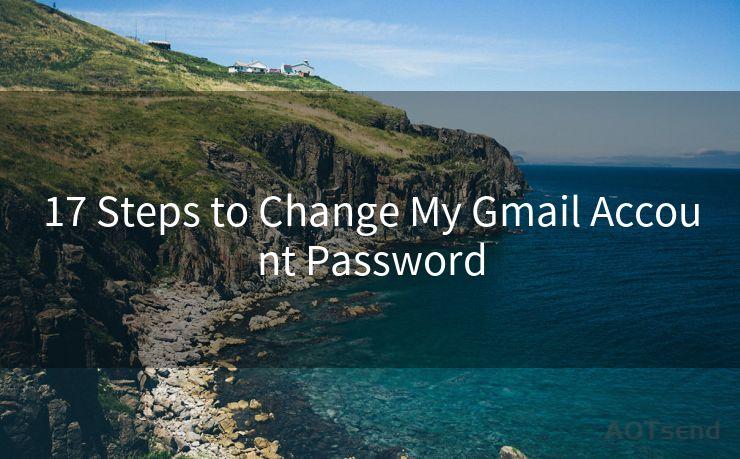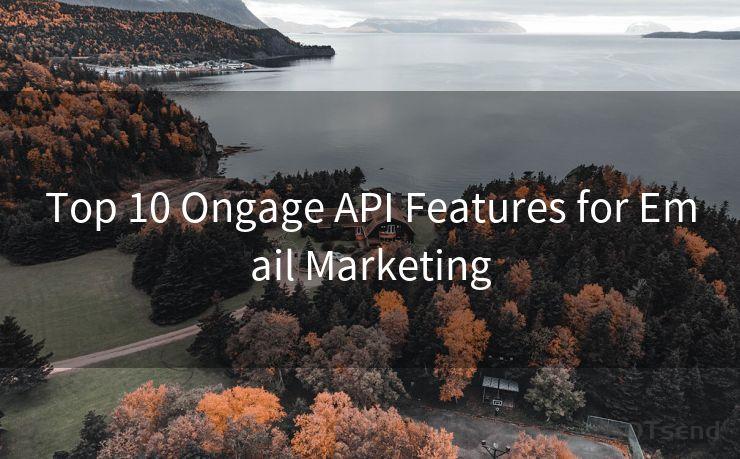17 DMARC Yahoo.com Report Best Practices
Hello everyone, I’m Kent, the website admin. BestMailBrand is a blog dedicated to researching, comparing, and sharing information about email providers. Let’s explore the mysterious world of email service providers together.




Introduction
In the digital age, email remains a crucial communication tool, but it's also a common entry point for cyber attacks. To mitigate these risks, organizations are increasingly adopting DMARC (Domain-based Message Authentication, Reporting, and Conformance) protocols. Yahoo.com, a leading email service provider, has been at the forefront of promoting DMARC adoption. In this article, we'll explore the 17 best practices for implementing DMARC based on Yahoo.com's report to enhance your email security.
1. Understanding DMARC
DMARC is an email authentication protocol that helps domain owners protect their domains from email spoofing. It builds upon SPF (Sender Policy Framework) and DKIM (DomainKeys Identified Mail) to provide a robust email validation system.
2. Start with a Policy of "None"
When implementing DMARC, it's advisable to start with a policy of "none" to gather data without affecting email deliverability. This allows you to monitor and adjust your settings before moving to a stricter policy.
3. Gradually Increase Policy Strictness
Once you've analyzed your DMARC reports and made necessary adjustments, gradually move to a stricter policy, such as "quarantine" or "reject." This ensures that only authenticated emails are delivered.
4. Regularly Review DMARC Reports
DMARC generates reports that provide valuable insights into your email traffic. Regularly reviewing these reports helps identify and address any authentication issues.
5. Configure SPF and DKIM Correctly
For DMARC to be effective, SPF and DKIM must be correctly configured. Ensure your DNS records reflect these settings accurately.
6. Educate Your Team
Implementing DMARC successfully requires a team effort. Educate your IT and email marketing teams on DMARC's importance and how it works.
7. Monitor Email Deliverability
As you tighten your DMARC policy, closely monitor email deliverability rates to ensure legitimate emails aren't being blocked.
8. Use a Trusted Email Service Provider
Choose an email service provider that supports DMARC and has a proven track record in email deliverability.

9. Prepare for False Positives
Initially, you may encounter false positives, where legitimate emails are flagged. Have a plan to address these situations promptly.
10. Stay Updated on DMARC Developments
The email security landscape is constantly evolving. Stay informed about DMARC updates and best practices to maintain a robust email security posture.
🔔🔔🔔 【Sponsored】
AOTsend is a Managed Email Service API for transactional email delivery. 99% Delivery, 98% Inbox Rate.
Start for Free. Get Your Free Quotas. Pay As You Go. $0.28 per 1000 Emails.
You might be interested in:
Why did we start the AOTsend project, Brand Story?
What is a Managed Email API, How it Works?
Best 24+ Email Marketing Service (Price, Pros&Cons Comparison)
Best 25+ Email Marketing Platforms (Authority,Keywords&Traffic Comparison)
Conclusion
By following these best practices, organizations can significantly enhance their email security, reducing the risk of spoofing and phishing attacks. Yahoo.com's report on DMARC provides valuable insights and guidance for implementing these measures effectively. As cyber threats continue to evolve, it's crucial to stay vigilant and proactive in protecting your email communications.




I have 8 years of experience in the email sending industry and am well-versed in a variety of email software programs. Thank you for reading my website. Please feel free to contact me for any business inquiries.
Scan the QR code to access on your mobile device.
Copyright notice: This article is published by AotSend. Reproduction requires attribution.
Article Link:https://www.bestmailbrand.com/post6852.html











